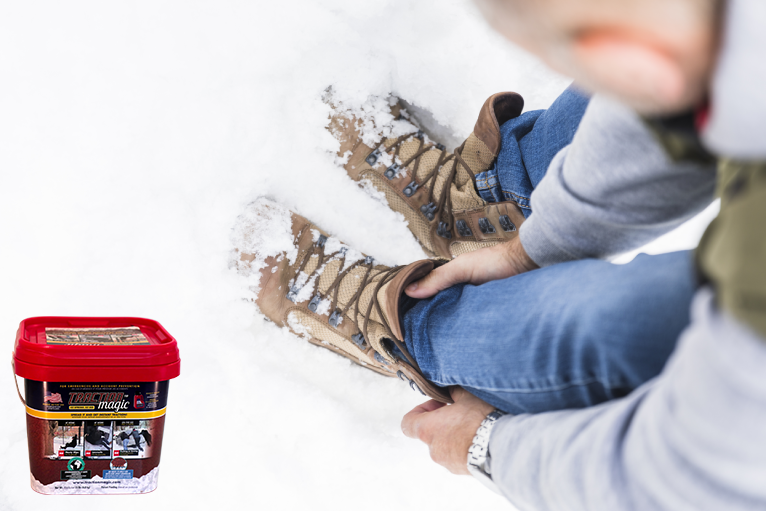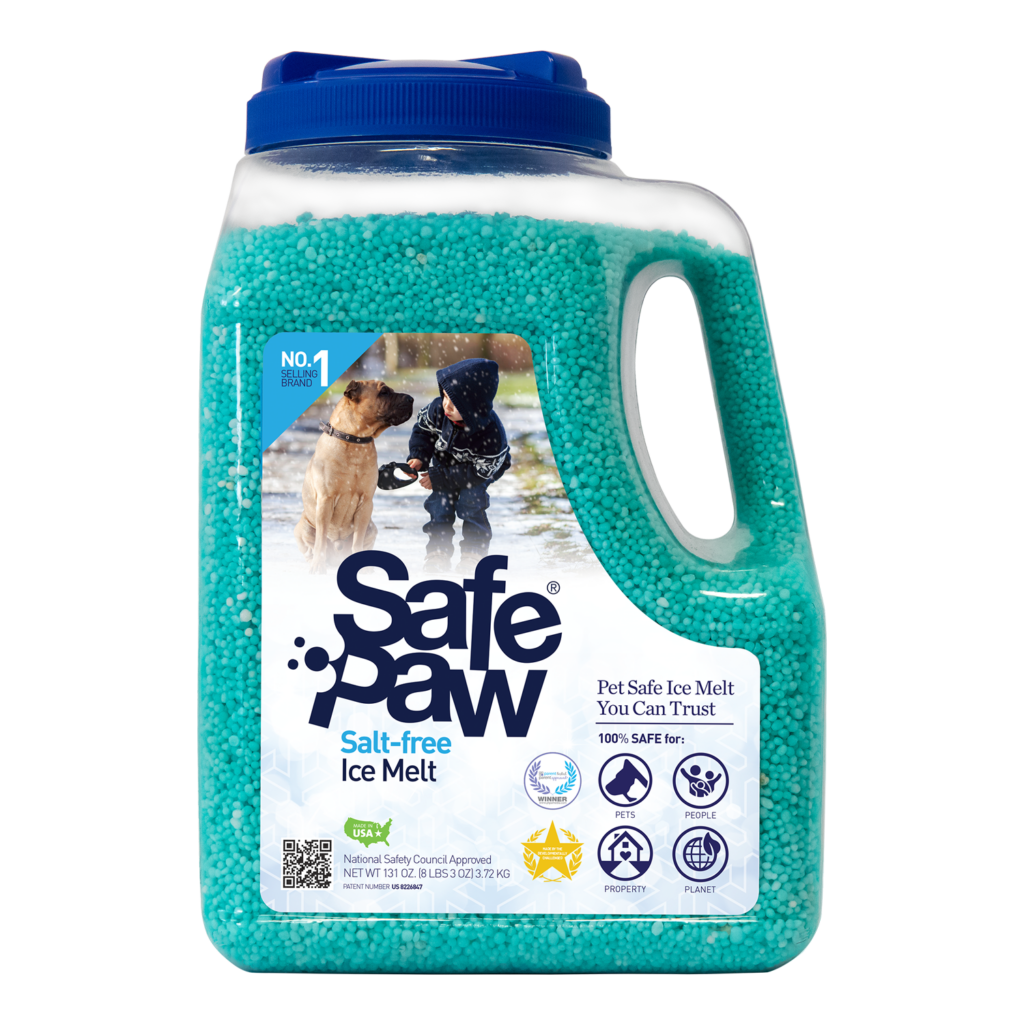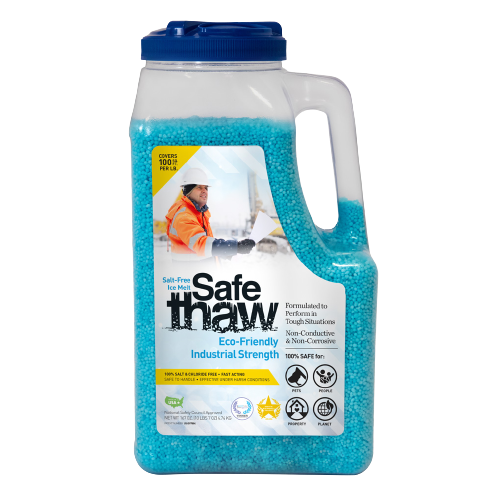Are Ice Cleats For Shoes Sufficient In Snow?

Are ice cleats for shoes sufficient in the snow? Well, it depends. If you’re going to be walking on ice in the winter and wearing cleats, you need to consider the material of your shoe. Other cleats may not work as well and could even damage your shoes. Ice cleats for shoes allow you to walk safely across snow and ice without slipping. Ice cleats will keep you safe from falling and getting injured
You should also be aware that cleats are not suitable for all surfaces. For example, they will not grip onto the ice as well as they would on a dry surface. When using them on snow or slushy water, you will only be able to gain traction at a walking pace and no more.
Get ready for winter with Traction Magic instant grip on snow and ice
3 Reasons You Should NOT Use Ice Cleats For Boots
Ice cleats are not for long periods.
You should only wear them when you need them and not continuously for more than a few hours. If you plan to do this, the ice cleat can become damaged from use and cause injury.
It can be challenging to walk in ice cleats on hard ground. You may get away with wearing them indoors, but going outside on pavement or other hard surfaces can be hard. If there are any cracks, you could easily slip as easily as if you weren’t wearing them.
Water can get into your cleats
While ice cleats for boots are a great way to keep you from slipping and falling on slick surfaces, they’re not waterproof. If it rains or the road is wet, water can get into your cleats and make them heavy and awkward to walk in. Water also makes the rubber more slippery than when dry, which can be dangerous if you’re trying to cross an icy sidewalk or driveway.
Restricts the range of your motion
If you decide to use them, mind that they can be annoying to put on and take off. And once you do have them on, they can restrict your range of motion, making it really hard to do some of your regular activities that require bending or squatting.
Get ready for winter with Traction Magic instant grip on snow and ice
Having ice cleats for shoes also means that you can damage any ice or hard surface you walk on. The cleats will chip the ice, causing it to break and fall off in chunks, which can cause damage to property and people. If a chunk of ice hits the floor of your home or car, it could cause a lot of damage that would not be covered by insurance (and we all know how expensive those premiums are!).
Ice Traction Cleats and Black Ice: What Makes the Risk Real?
When considering ice traction cleats, it’s easy to assume they’re your best bet for winter safety. But let’s talk about their effectiveness when facing something far more unpredictable—black ice. Also known as “invisible ice,” this thin, transparent layer blends perfectly with pavement. You might ask: black ice—what is it exactly? It’s formed when rain or melted snow refreezes quickly, typically in shaded or high-elevation areas. And while ice traction cleats help on packed snow or visible frost, they falter when facing ultra-slick, water-glazed surfaces.
The misconception is that black ice feels the same as other winter hazards. It doesn’t. The ultra-smooth, nearly frictionless layer surprises even seasoned walkers and drivers. What makes black ice especially dangerous is its invisibility—and the false sense of security cleats can create. You might think you’re protected, but one misstep on black ice, and even the best cleats can’t catch you in time.
Why Ice Traction Cleats May Not Be Enough on Black Ice Surfaces
So you’ve strapped on your ice traction cleats, ready to brave the cold. But before you step out, ask yourself: can they truly grip black ice? Unlike rough surfaces or crunchy snow, black ice offers little resistance. The cleats, designed to latch onto uneven texture, slip easily on its glassy finish. That’s the reality of black ice what is it good at? Catching you off-guard.
And no—despite the odd product names, there’s no such thing as a black ice flavor unless you’re talking air fresheners. The only real flavor it leaves behind or what is black ice flavor? Danger.
To stay safer, traction agents like ice Traction Magic outperform cleats on black ice. They absorb surface moisture and embed tiny granules into the ice, offering immediate grip. This eliminates the biggest limitation of cleats: dependency on physical effort and foot balance. With a traction agent, the road works with you—not against you.
Conclusion
While ice traction cleats offer some value on basic icy terrain, they aren’t your shield against the biggest winter threat—black ice. We’ve already established their limitations: discomfort, restricted motion, water buildup, and potential damage to flooring and ice alike. Layer in the danger of black ice, and it’s clear why cleats alone don’t cut it. With a traction agent like Traction Magic, you get a safer, more reliable solution to the hazards that cleats can’t always handle. When you know what makes black ice treacherous, your strategy shifts from gear-based to ground-smart. Don’t rely on what’s under your feet—prepare the surface itself.
Get ready for winter with Traction Magic instant grip on snow and ice
Other Ice Melt Products
Safe Paw
The Original and the #1 Pet and Child Safe Ice Melt for over 20 years. Guaranteed environmentally safe – will not harm waterways and sensitive wetlands. Safe Paw can change how winter affects our planet.

Safe Thaw
Imagine an ice melt you can put down and never worry about. It won’t harm pets, kids and your property. That’s Safe Thaw. Unlike anything else on the market, Ice and Snow Management You Can Trust.
